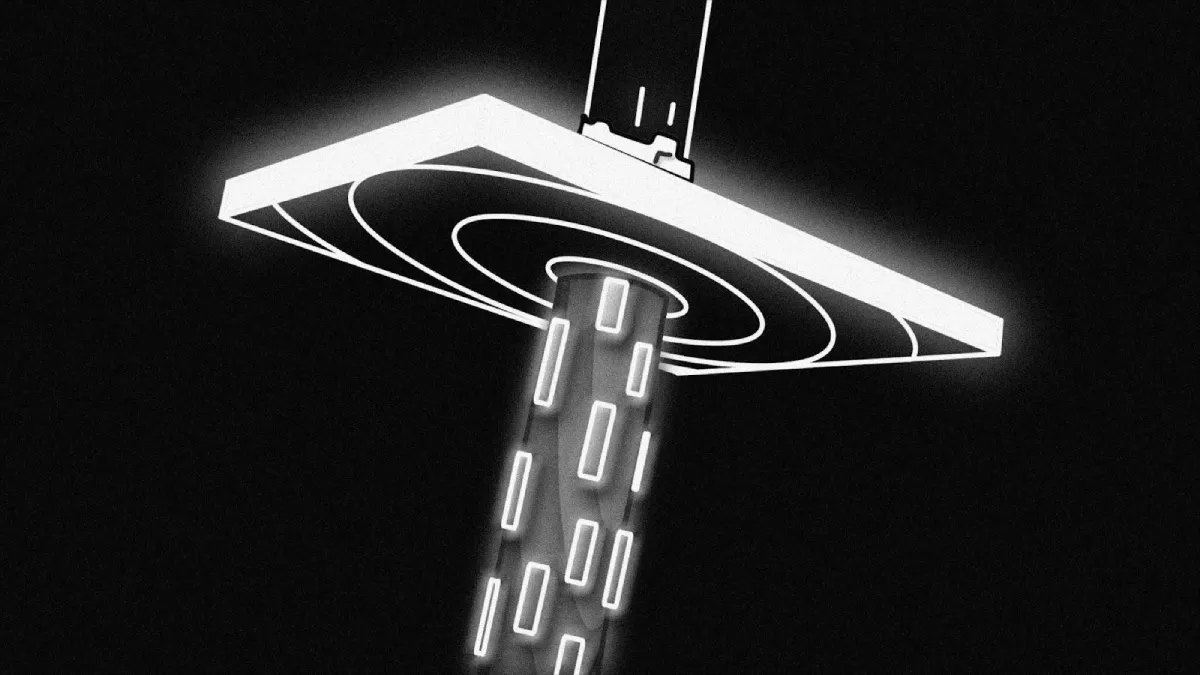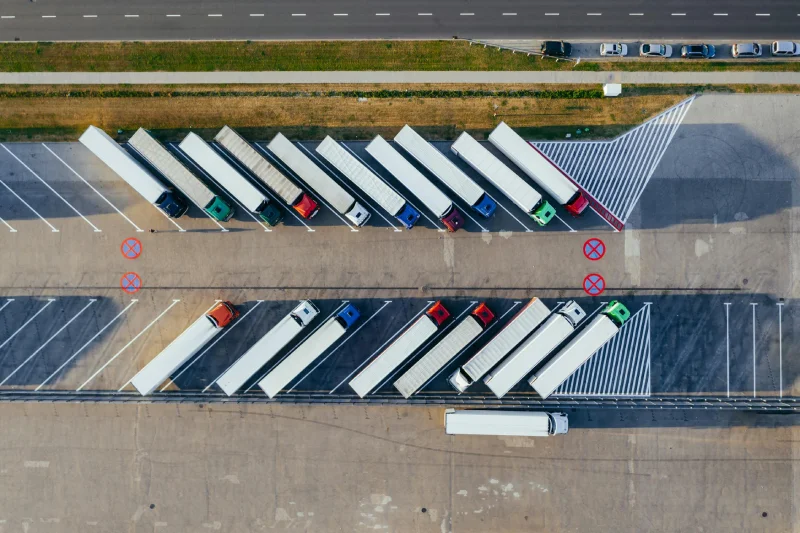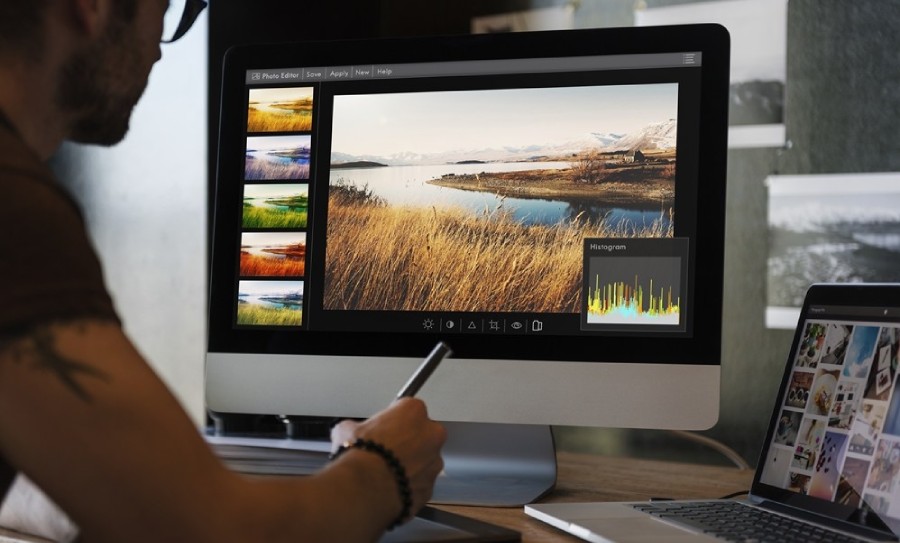
How To Identify An Image Has Been Manipulated?
It would be not very intelligent if you believe that everything you see or read on the web is unique. According to reports from reliable sources, it has been discovered that more than 41% of the content on the internet is duplicated and manipulated from the other percentage. This makes more than hundreds of billions of pages worth of content.
Today we’ll tell you about the various ways you can determine if an image has been manipulated or duplicated. We would also tell you about a decent online tool to find out any manipulation in an image.
Check For Airbrushing!
Airbrushing is the process of digitally editing an image and removing its slight imperfections. You can certainly find out airbrushed images by looking at them carefully. Suppose you do not see any pores, wrinkles, and small shadows on a person’s picture. In that case, it means that the image has been edited and manipulated.
Professional editors and photographers have a different editing approach. You can easily find the difference between a professionally edited image and the one manipulated on a mobile app by an immature person.
Check For Signs Of Warping!
Warping is the editing process in which a specific area of an image is grabbed, moved, shrunk or enlarged. It would be best if you are looking for straight lines in the image’s background, which would tell you whether the photo has been warped or not.
This manipulation is often done by people who want to show fake and accentuate muscle growth. Warping manipulation is also done to show weight loss in commercials and show the effects of wearing slimming clothes!
Look For Cloning!
Cloning is the technique which is the technique used in photoshop to duplicate a certain part of an image if not the whole. This manipulation is often done to remove minor spots and blemishes from the skin.
Professional editors also use this technique to remove the traces of airbrushing. The naked eye can easily detect cloning if you focus on the image and look for unrecognizable patterns.
Look For Shadows On An Image!
This is one of the worst manipulations that can be made to an image. All objects have their natural shadows that you can see in the image, but if you see an image that doesn’t show a shadow, it has been manipulated.
This is known to be a classic rookie mistake, and it can be detected even by a child!
Look For Blurry Areas!
If you see some fuzzy sections on an image, then it means that it has been shared, uploaded, and published a few times. The blurry content on an image would tell you that it is not coming from the source.
This frizzy and blurry section on an image is also known as JPEG noises which can easily be heard if you have a professional outlook!
Use Fact-Checking Websites And Reverse Image Search!
For our readers who are unfamiliar with the reverse image search /visual search technique; This is a featured search technique using which you can find all possible details about an image. The image search mantra has been around for the last twenty years. Still, recently it has gathered a lot of popularity because of advancement and updating.
Today you can find dozens of websites offering reverse image search facilities. We have picked the best website for reverse image search right below for you guys!
Reverse Image Search – Duplichecker
The reverse image search by duplichecker is known to be one of the reliable services available on the internet. This search by photo is free and easy to use, and you don’t need to be an expert in factual checking to use this image search tool. You have to add the image you want to make a reverse search in this search by image tool and click on the button that says ‘Search Similar image.’
This reverse image search tool has integrations with three different image search engines, including Google. This is why its results are denser than any other tool in this league. The results that the image search tool by Duplichecker is listed below for you:
- You can find out about the relevant and similar images available on different websites and pages.
- You can find out image plagiarism/duplication. You can check if someone is copying your images and using them without your permission with a reverse image search.
- With a reverse image search, you can identify objects and determine the details about the objects on an image.
- Reverse image search is also a decent way to enhance your site’s seo score as the tool can tell you about the sites and pages having similar/relevant images as yours. You can use this information to create backlinks!
- With the reverse image search, you can find out about the ownership and the copyrights of an image!

Why Using AI for Essay Writing Is Not the Best Idea
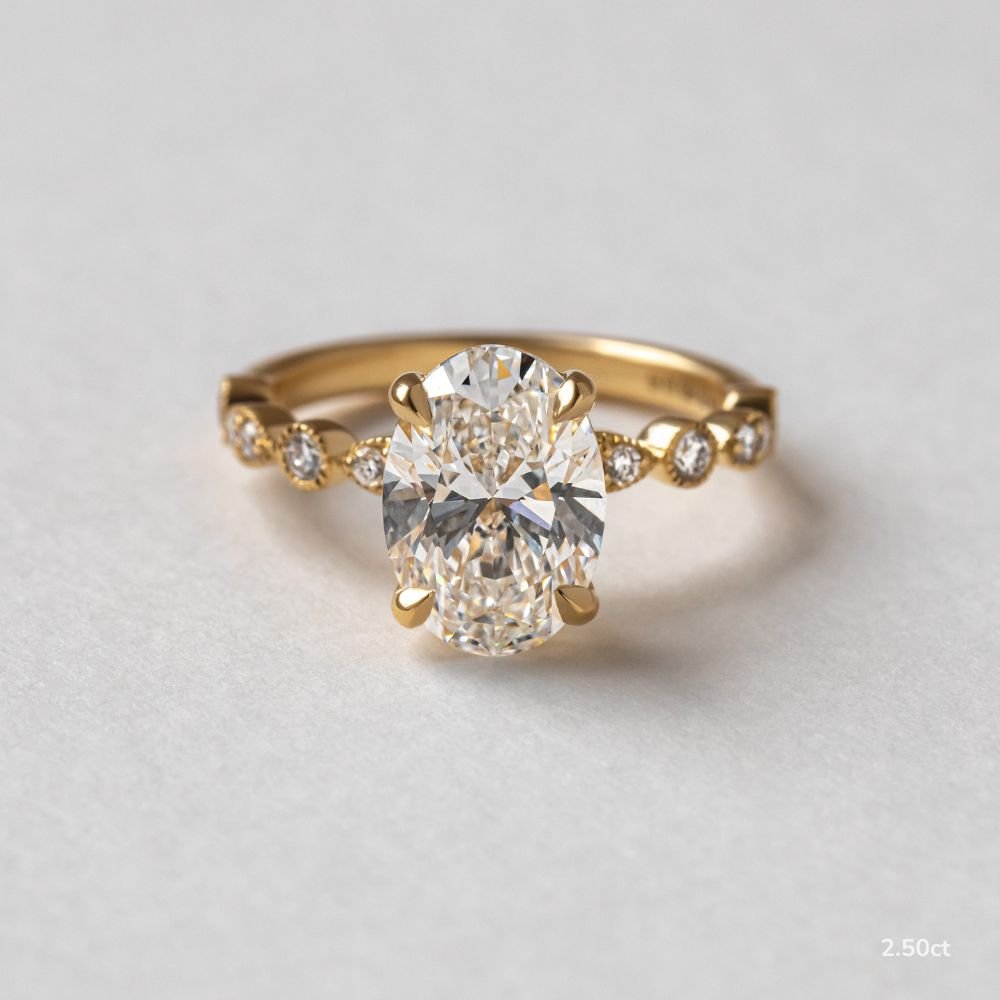
How to Pick an Oval Ring for Your Hand Shape

The 10 Best Video Editing Services

The Future of E-commerce and Digital Marketing
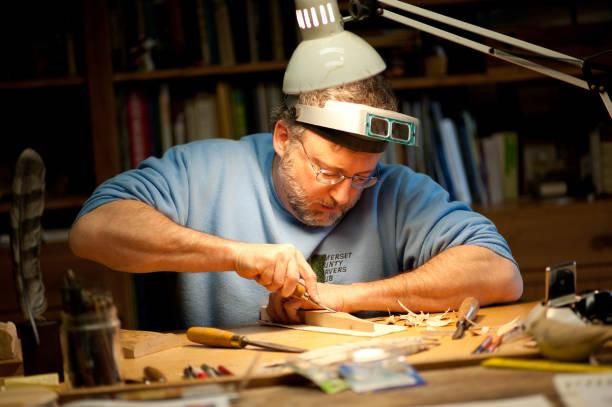
Hobbies That Make Money – Turning Your Passion Into Profit

Top Healthcare Marketing Companies Listed on TopFirms.co
